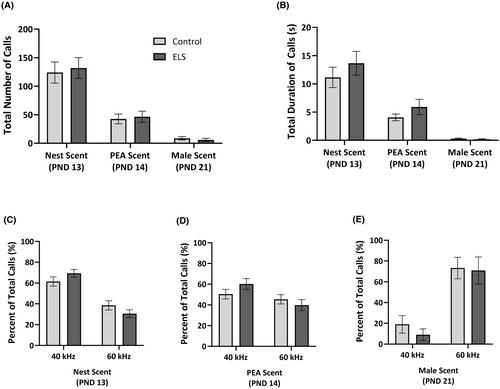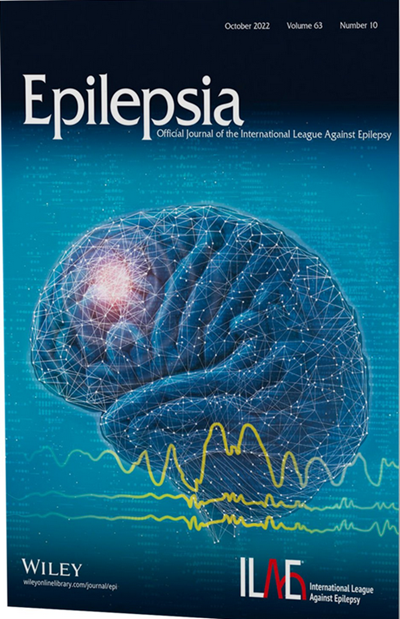Early life seizures (ELS) are commonly associated with autism spectrum disorder (ASD); however, the exact role of ELS in the pathology is unknown. Prior studies have demonstrated social deficits, a core feature of ASD, following ELS; consequently, alterations in sensory modalities may contribute to the overall social deficits. Considering the speculated contribution of sensory deficit to social communication, we examined the developmental consequences of early postnatal kainic acid (KA)-induced seizures on olfactory preference and neural markers in the olfactory bulb in both male and female Sprague Dawley rats.
KA-induced seizures or saline was administered. Rats were then exposed to a series of biologically relevant scents including male scent, female scent, nest scent, and phenylethylamine during the juvenile period and again during adulthood. Alterations in sensory modalities were expected to be expressed via abnormal preference for certain scents and/or production of abnormal ultrasonic vocalizations in response to scents. The olfactory bulbs were also assessed for the biologically relevant markers glial fibrillary acidic protein (GFAP) and calcium/calmodulin-dependent protein kinase II (CAMKII).
Our findings resulted in no significant differences in olfactory preference following ELS for juveniles or adults compared to controls. Similarly, there were no differences in GFAP expression or the ratio of phosphorylated CAMKII to CAMKII in either olfactory bulb. Interestingly, despite a lack of treatment differences, different scents were shown to elicit different responses in juvenile rats, yet these differences subsided in adulthood.
Overall, the results of this study suggest that olfaction does not contribute to socialization deficit following ELS within the KA model.



